SUMMARY
This is AI generated summarization, which may have errors. For context, always refer to the full article.
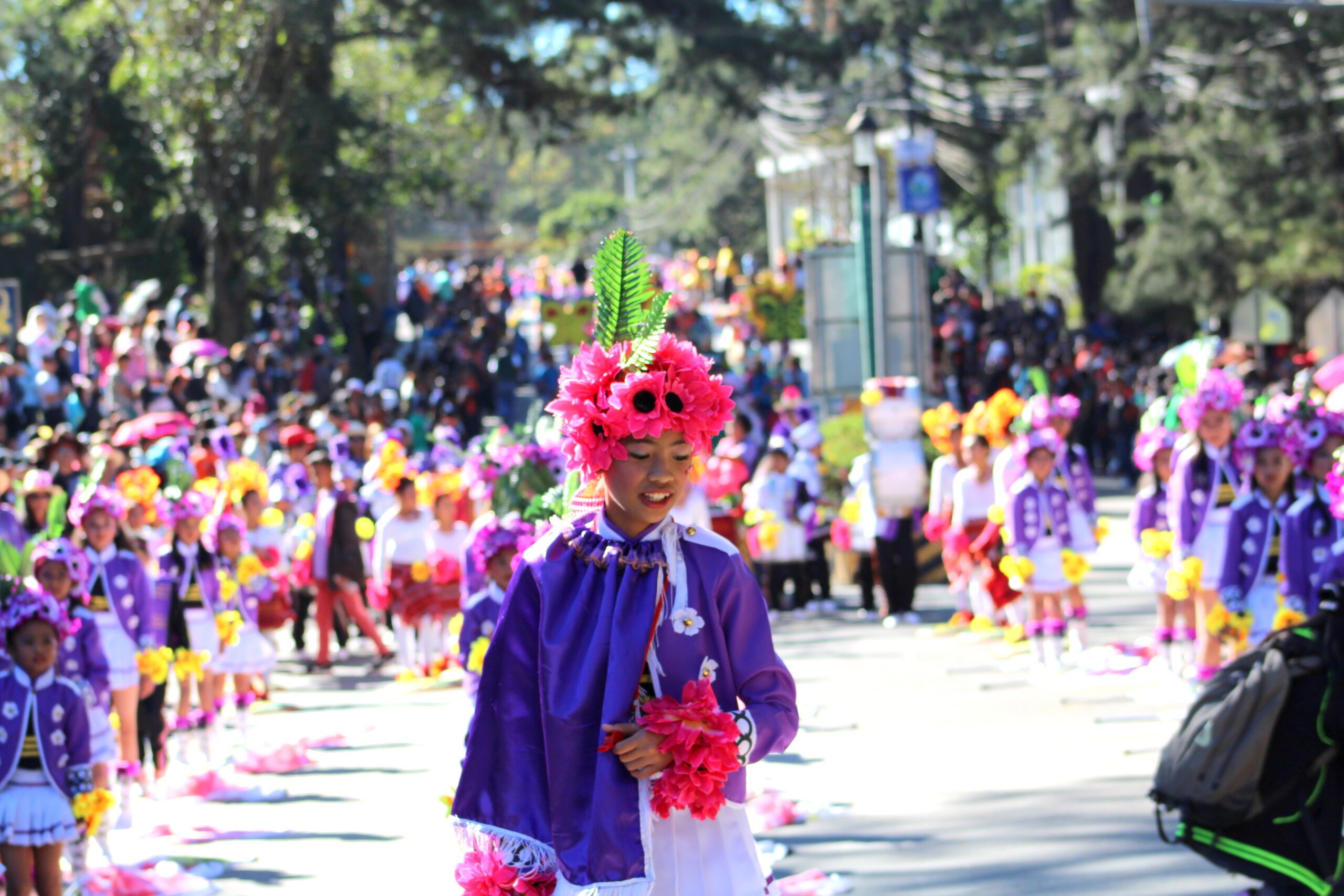
BAGUIO CITY, Philippines – Warmth swept over Baguio City despite the February chill thanks to the Panagbenga 2016 Street Dance Parade and Drum and Lyre Dance Competition held Saturday, February 26.
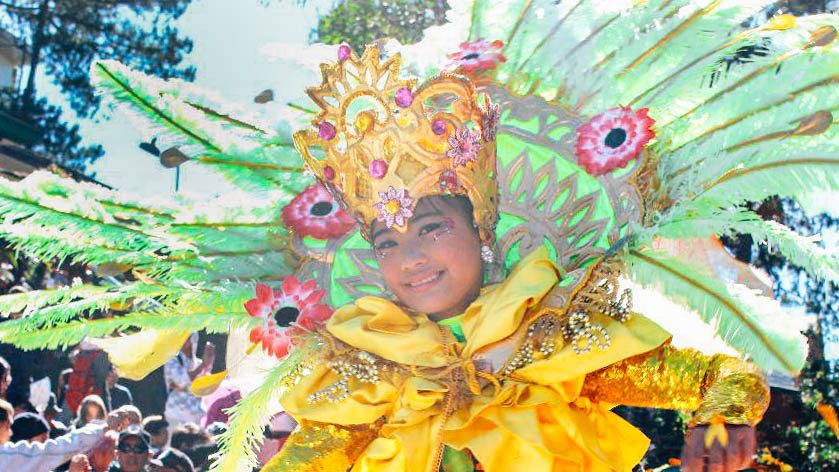
A celebration of the season of bloom in the nation’s Summer Capital, the parade is participated by some elementary and high schools and performing groups in Baguio, the Cordilleras, and neighboring towns. To the delight of hundreds of locals, tourists, and spectators, the event was every part colorful, vibrant, and well, blooming.
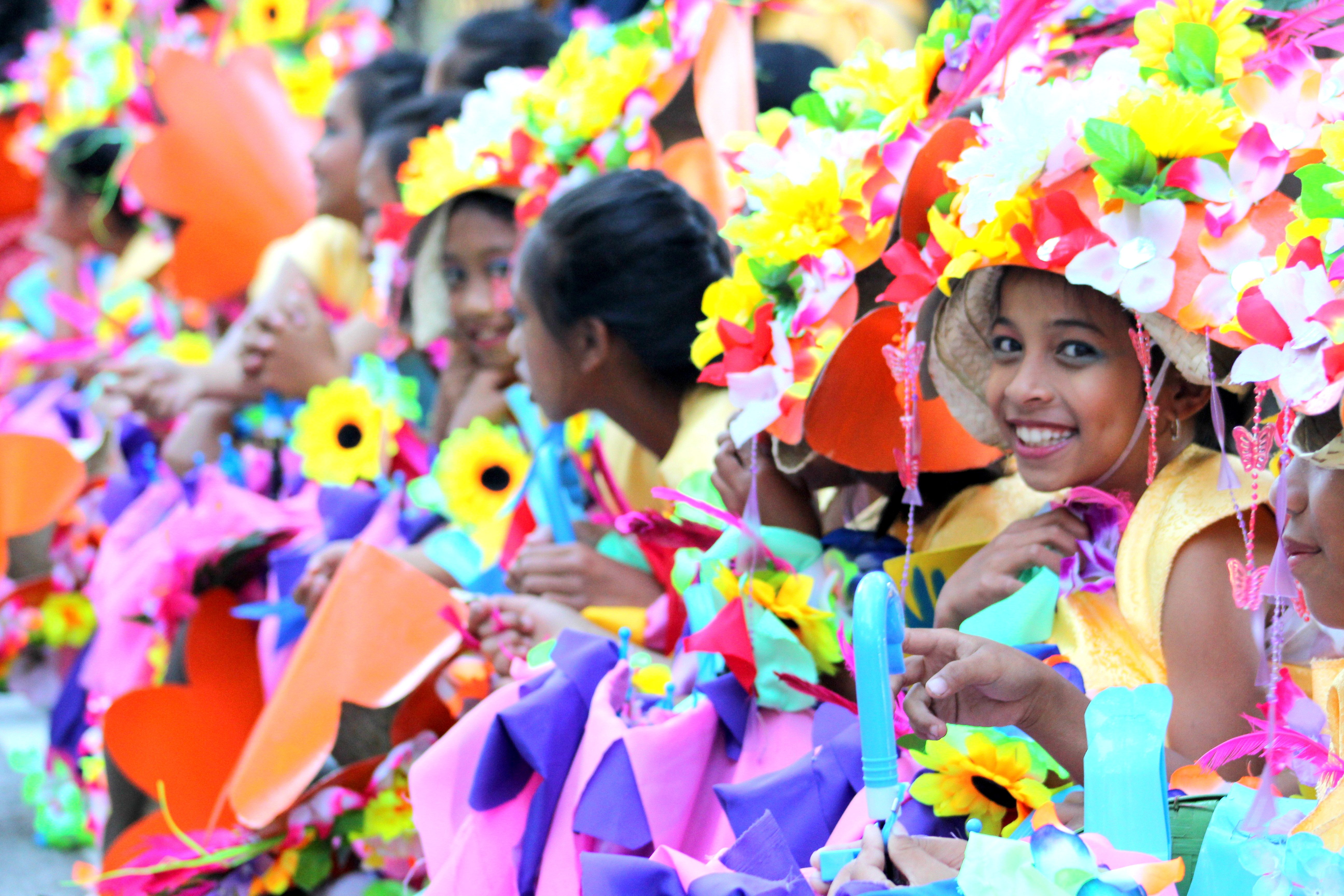
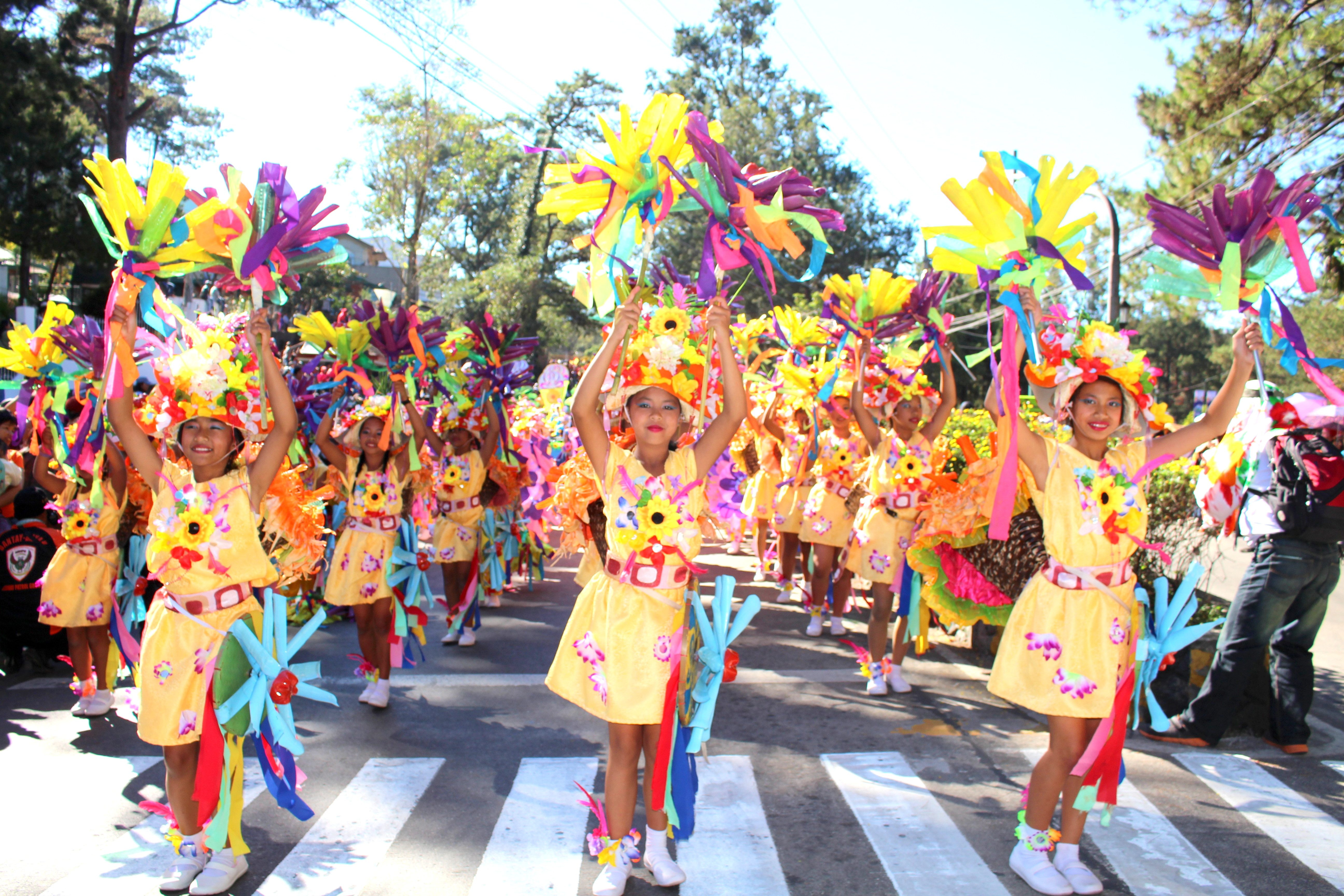
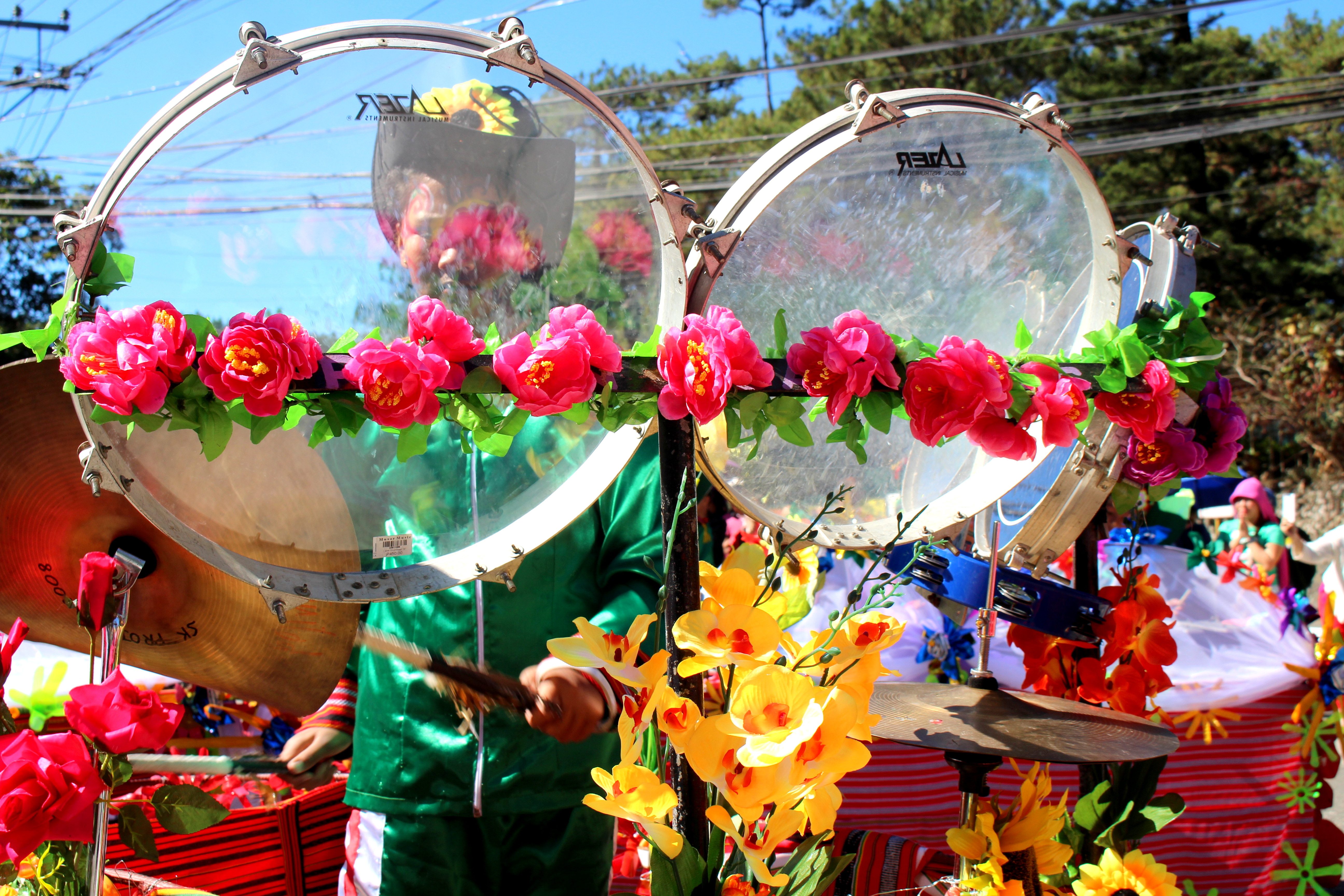
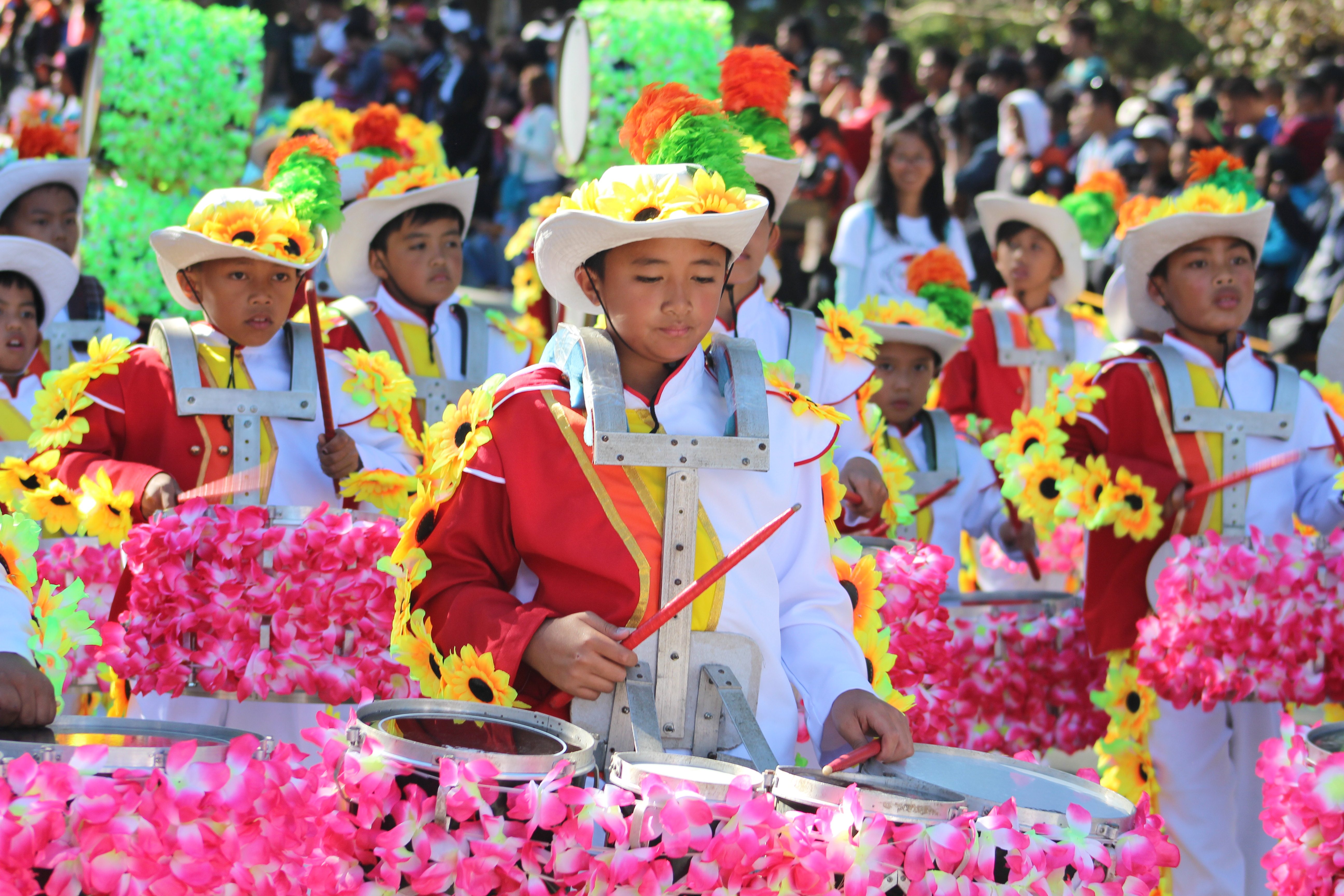
A footnote to youth
Now in its 21st year, the Panagbenga has grown from a crowd-drawing festival to a tradition and defining symbol for Baguio, alongside the pines and the chill. But unlike both elements sadly slowly waning, the Panagbenga stands as a testament of the beauty and energy the city contributes to the country.
Celebrating with the theme “Bless the Children with Flowers,” this year focuses on the youth, whom Rizal called the “hope of the motherland” and the very participants of most of the activities in the Panagbenga.
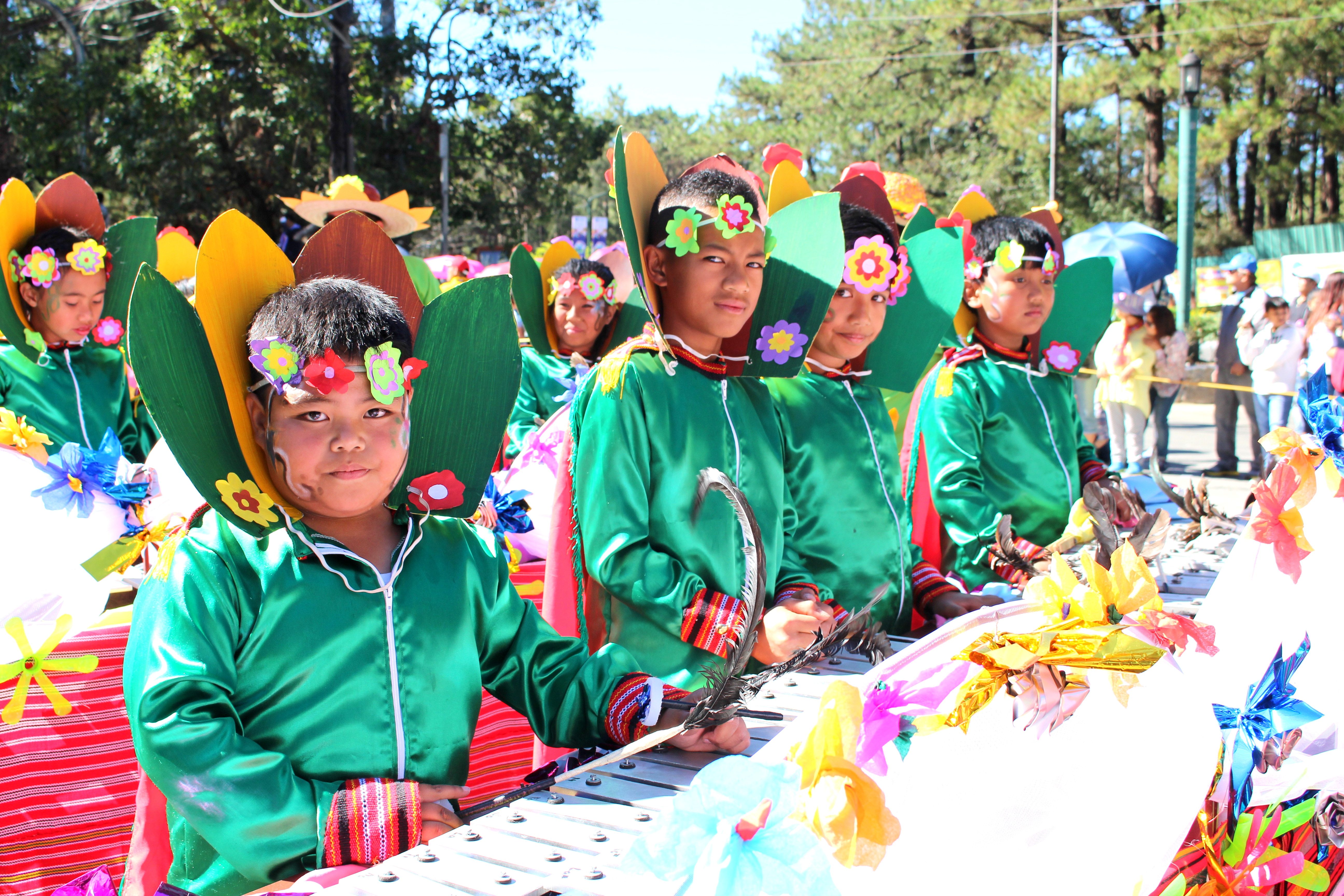
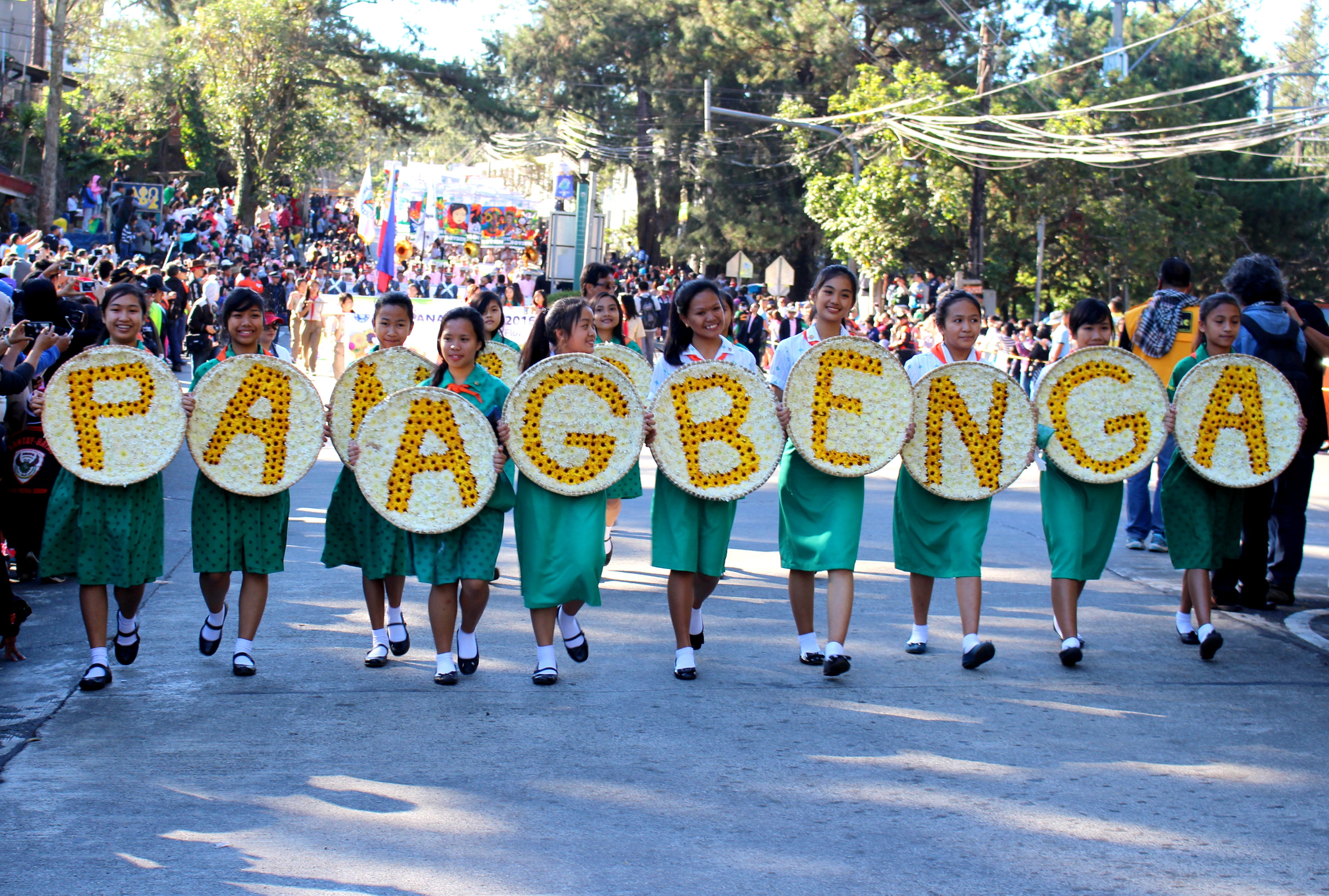
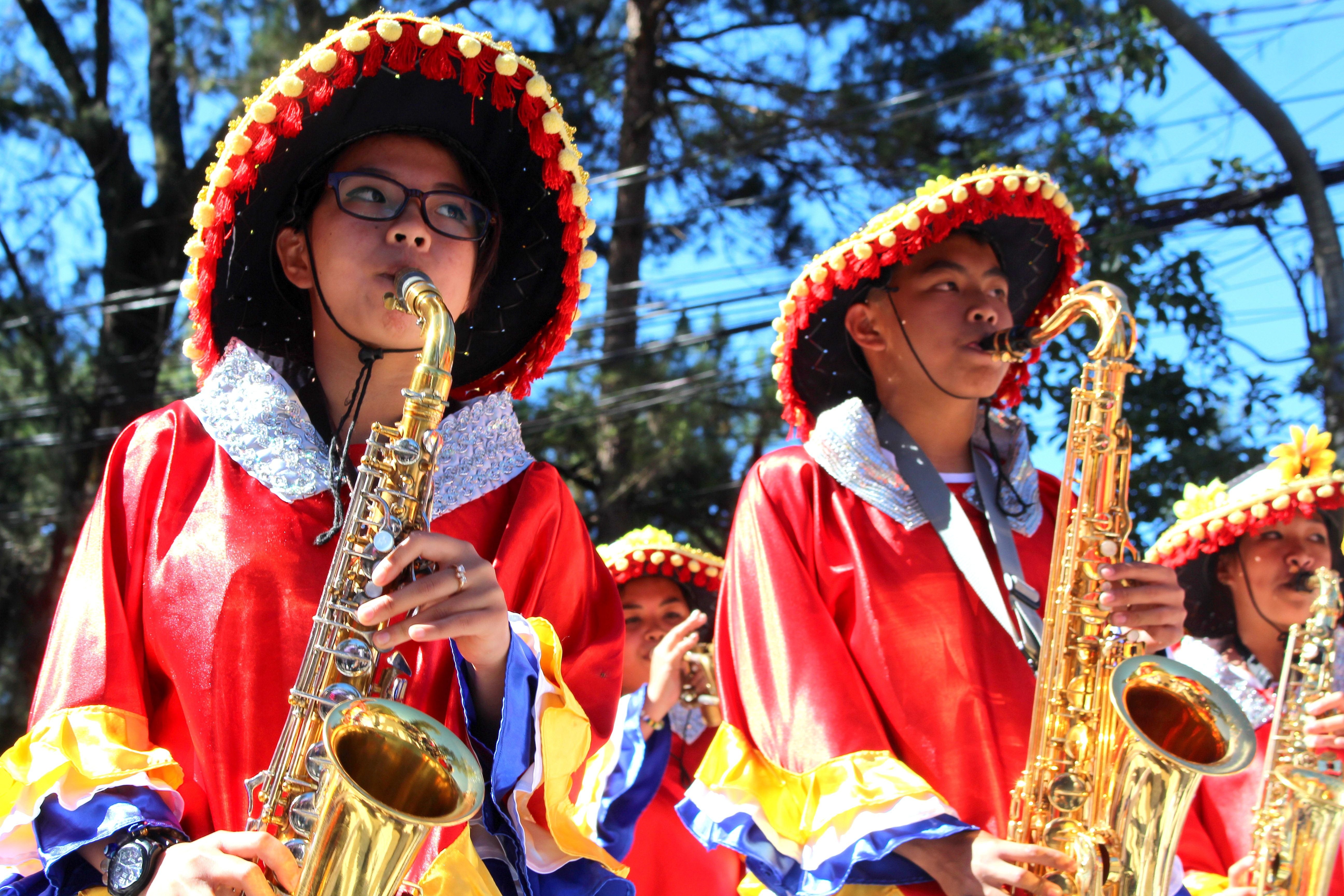
“To bless them with flowers will help them see the beauty of life – teach them the importance of appreciating and preserving God’s gift of nature. It will inculcate in them that while each flower has its own distinct beauty, such beauty is magnified when put together with flowers and different kinds, no matter how diverse they are,” Baguio City Mayor Mauricio Domogan said in his speech at the Panagbenga 2016 opening ceremonies last November.
An ‘opportunity,’ a ‘tradition’
Many in this year’s ensemble used sunflowers in their costumes, and other products exclusive to the north, like dried reed, used for the walis tambo (broom), and bamboo, among others.
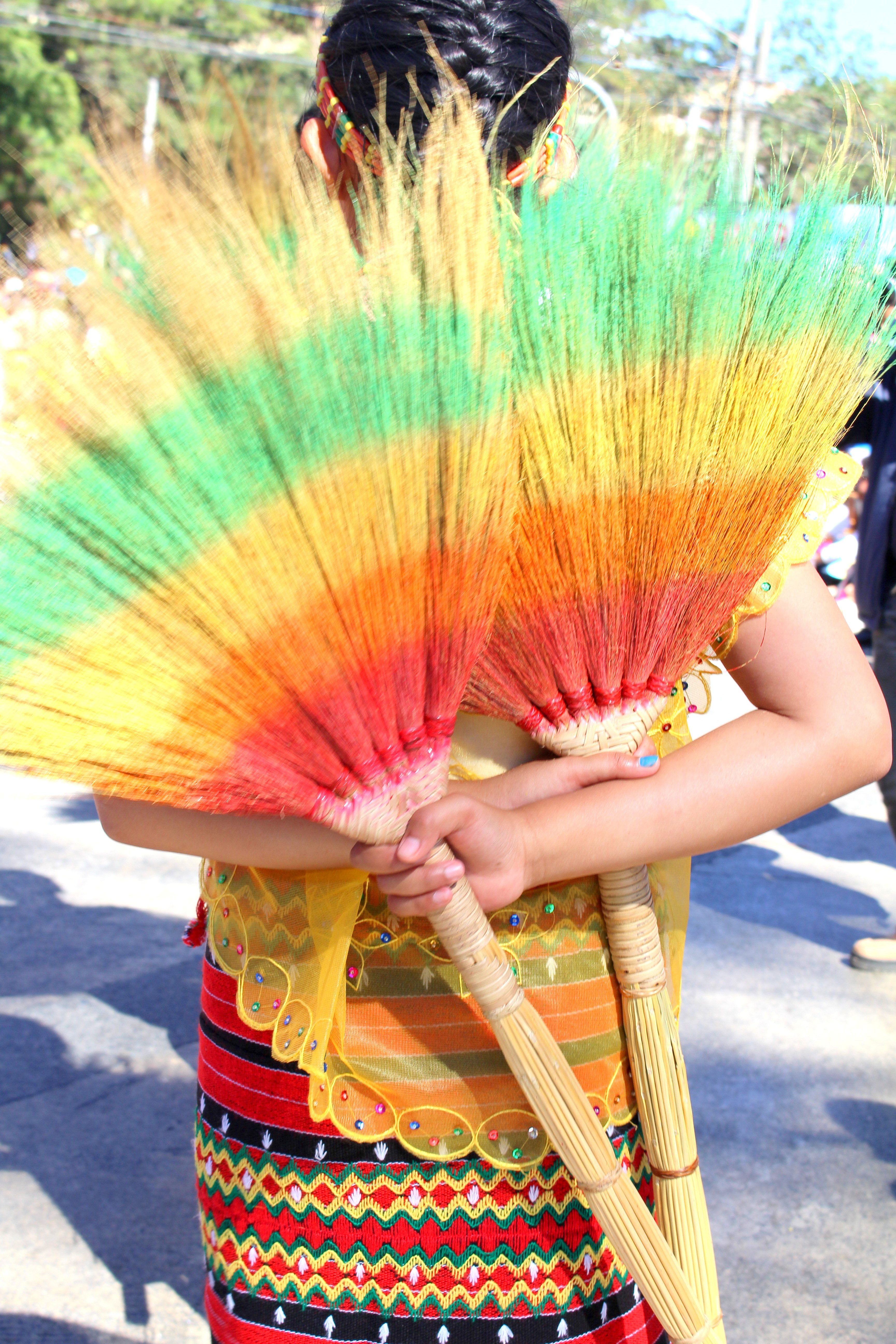
Costumes are carefully designed and hand-made, using mostly colors yellow, orange, and red. Sunflowers, as parts of props or costumes, are prominent in the parade.
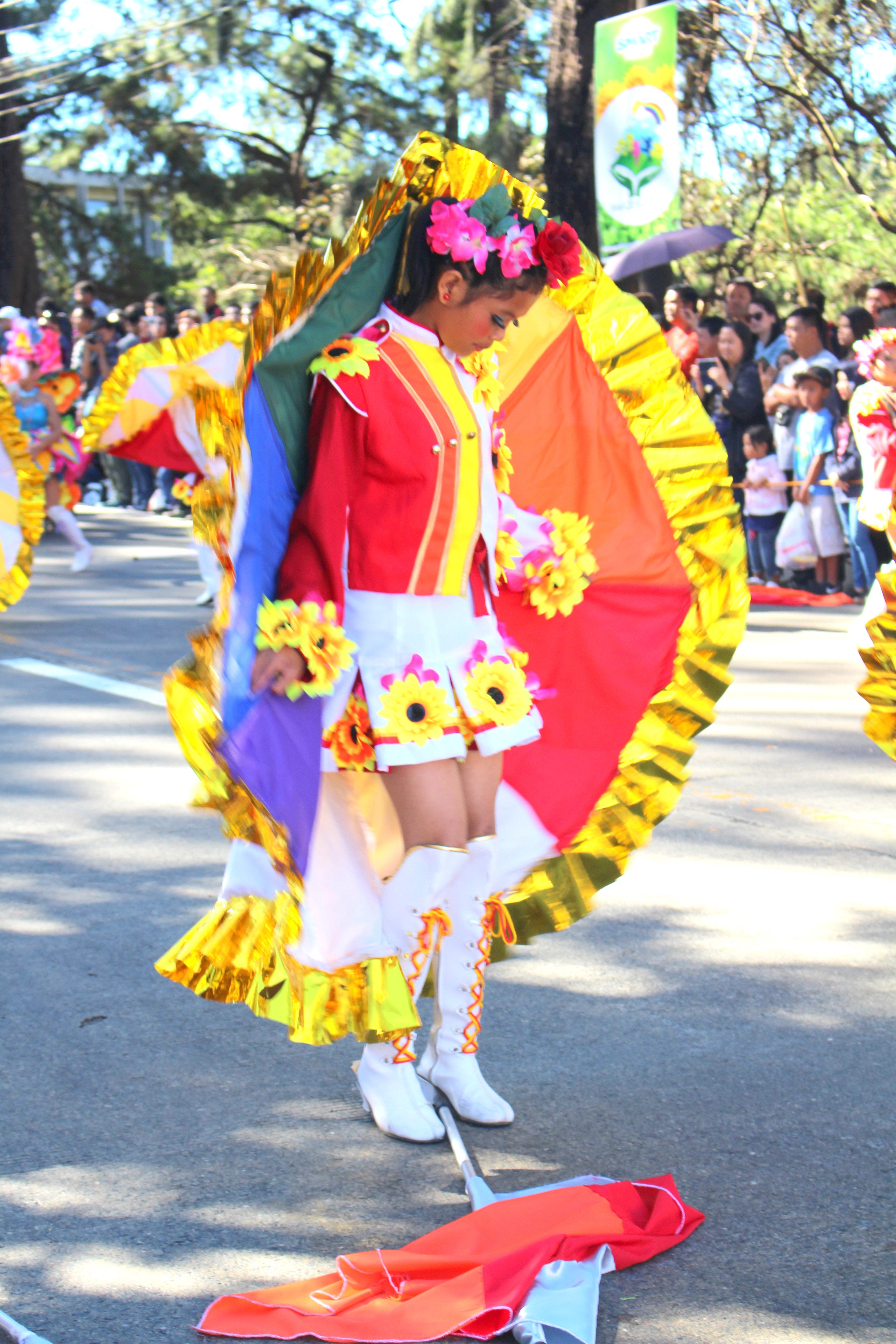
“It’s not only an event for children, but happily for the whole family,” Grethel Estolas, a teacher at Dominican Mirador Elementary High School, said. “It’s our first year to join this event, but since Panagbenga is a tradition, it’s good to see parents work with their children in keeping up with it. It is not difficult joining in the first year, because the parents are very supportive.”
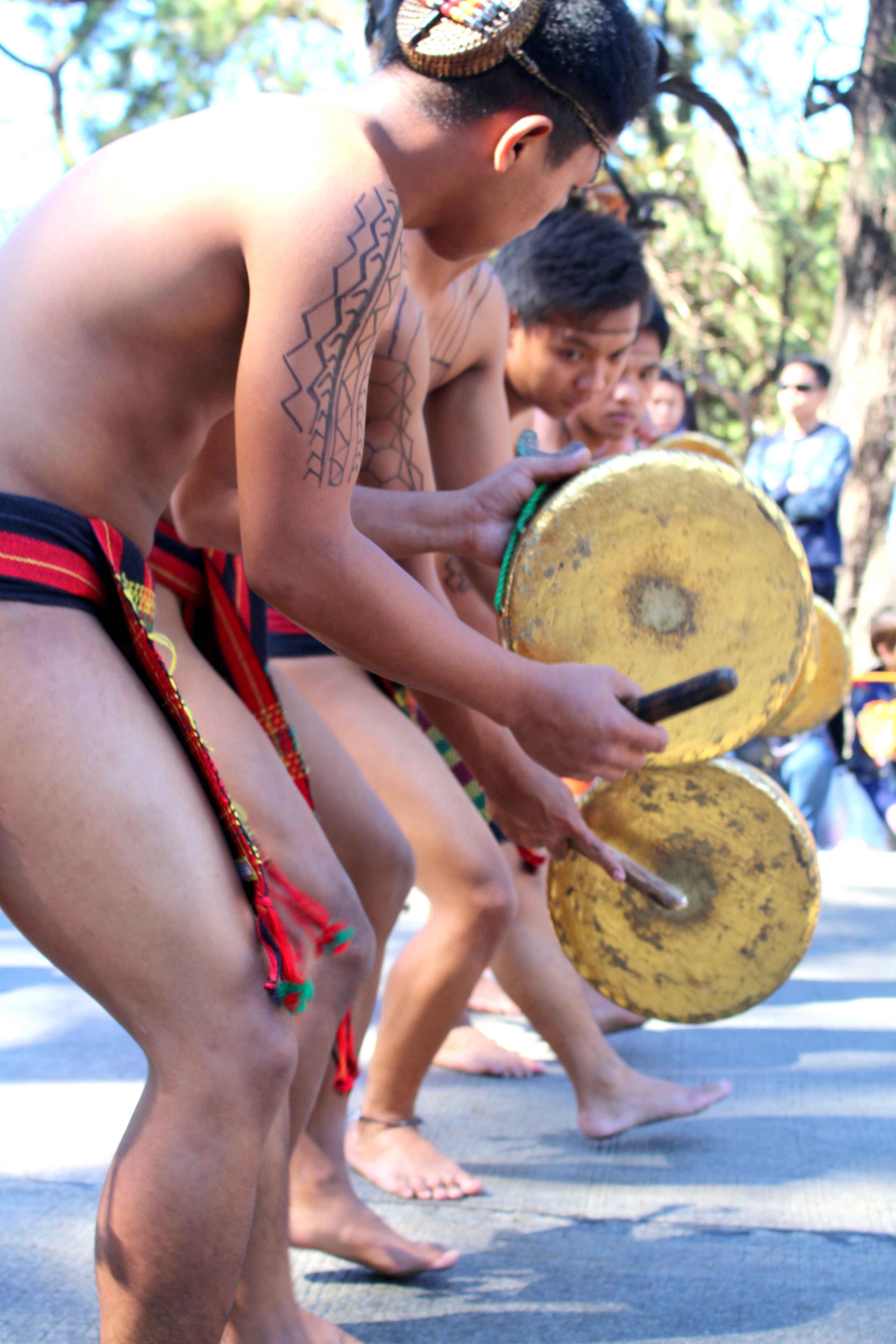
Some performers embedded the Cordilleran festive dance cañao to their routines, while others spiced up the streets with choreography to popular songs played by the respective school bands.
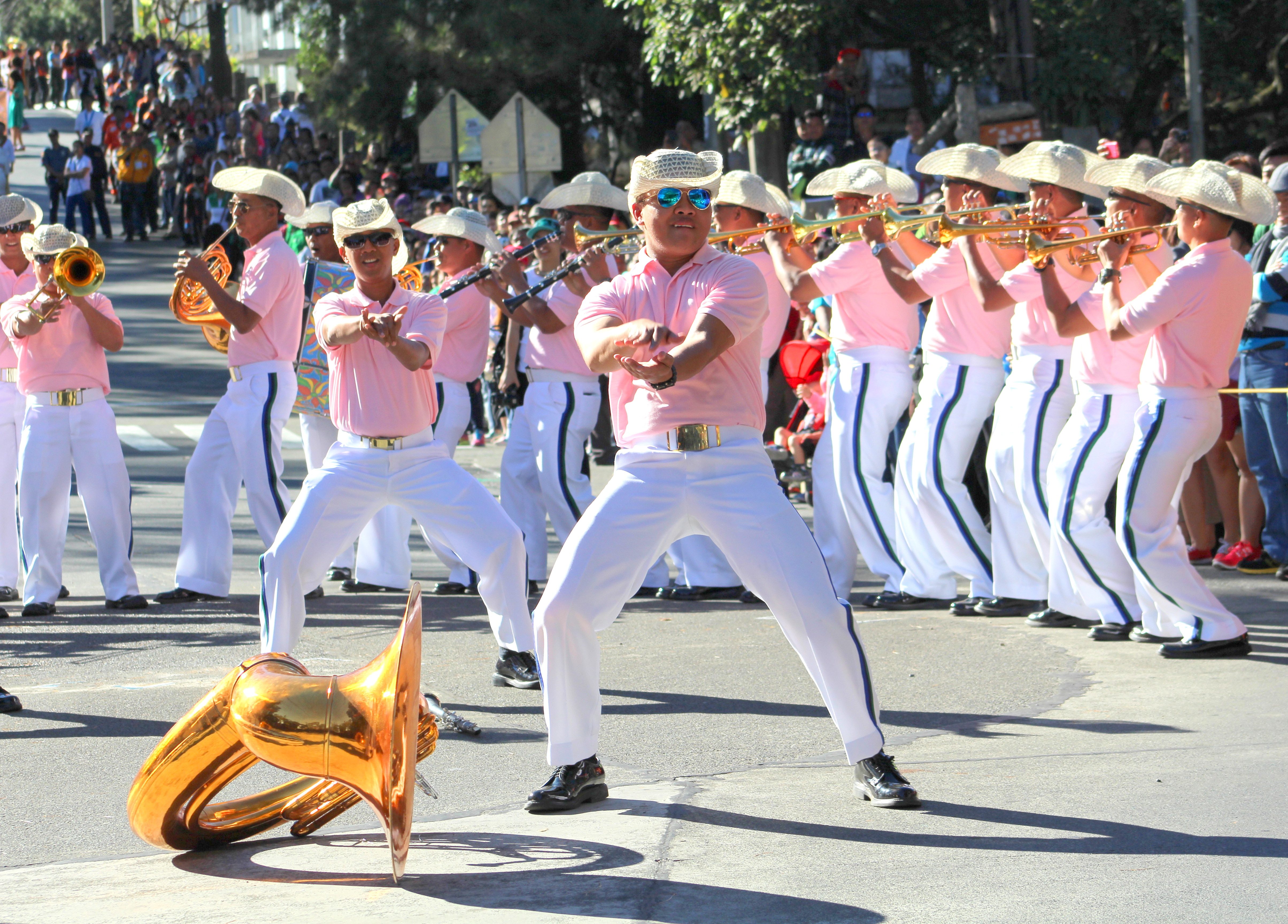
Glen Miguel, choreographer of Ilocos Norte’s Pamulinawen dance group which won last year’s street dancing competition, says he feels that this event is an “opportunity”, especially for his team since they come from a coastal region and they’re glad to be part of Baguio’s ubiquitous event. “Naiiyak ang mga bata na nandito sila sa Baguio,” he said. “Ang saya-saya nila.” (The children are teary-eyed that they are now here in Baguio. They are very happy.)
See more photos from the festivities here:
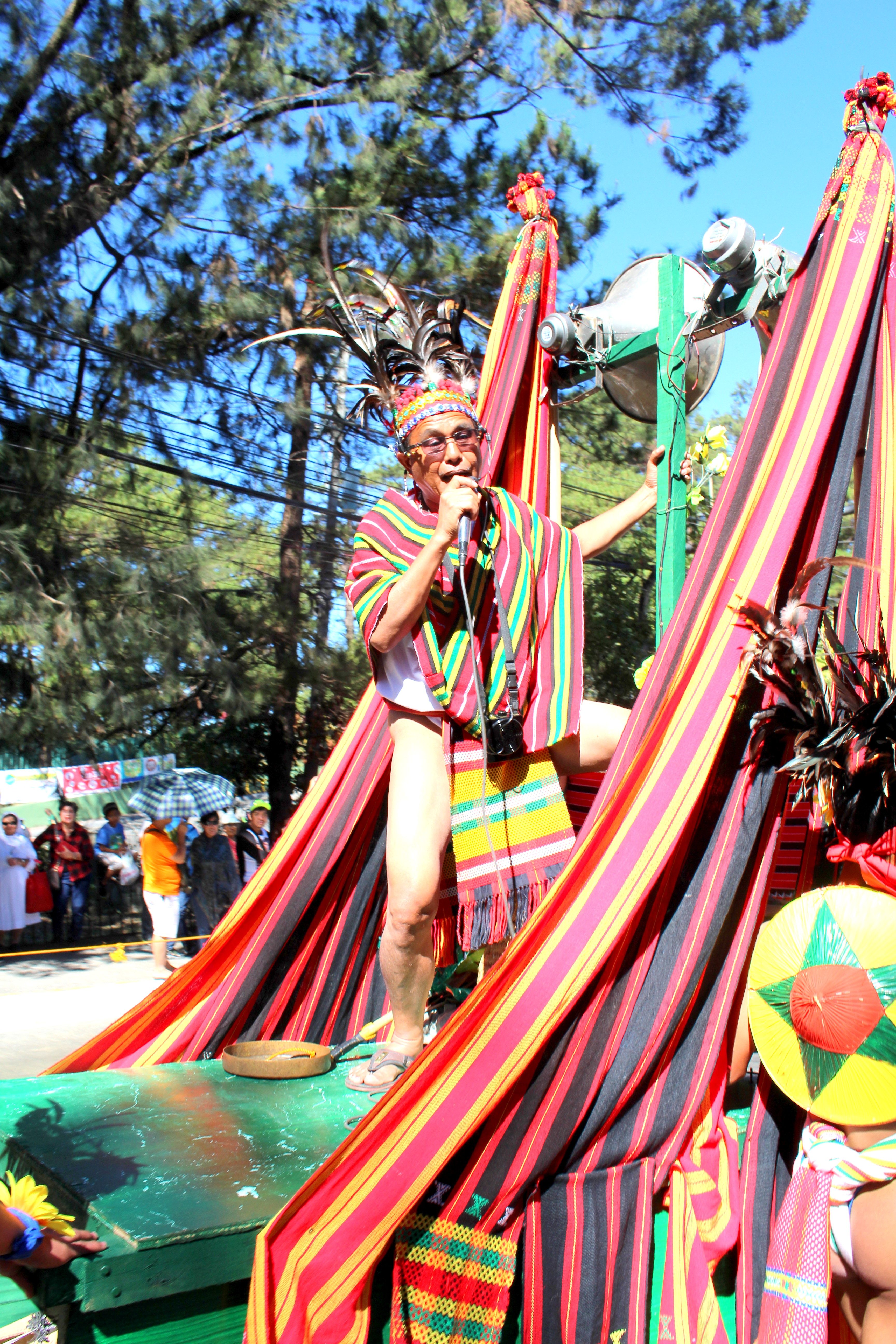
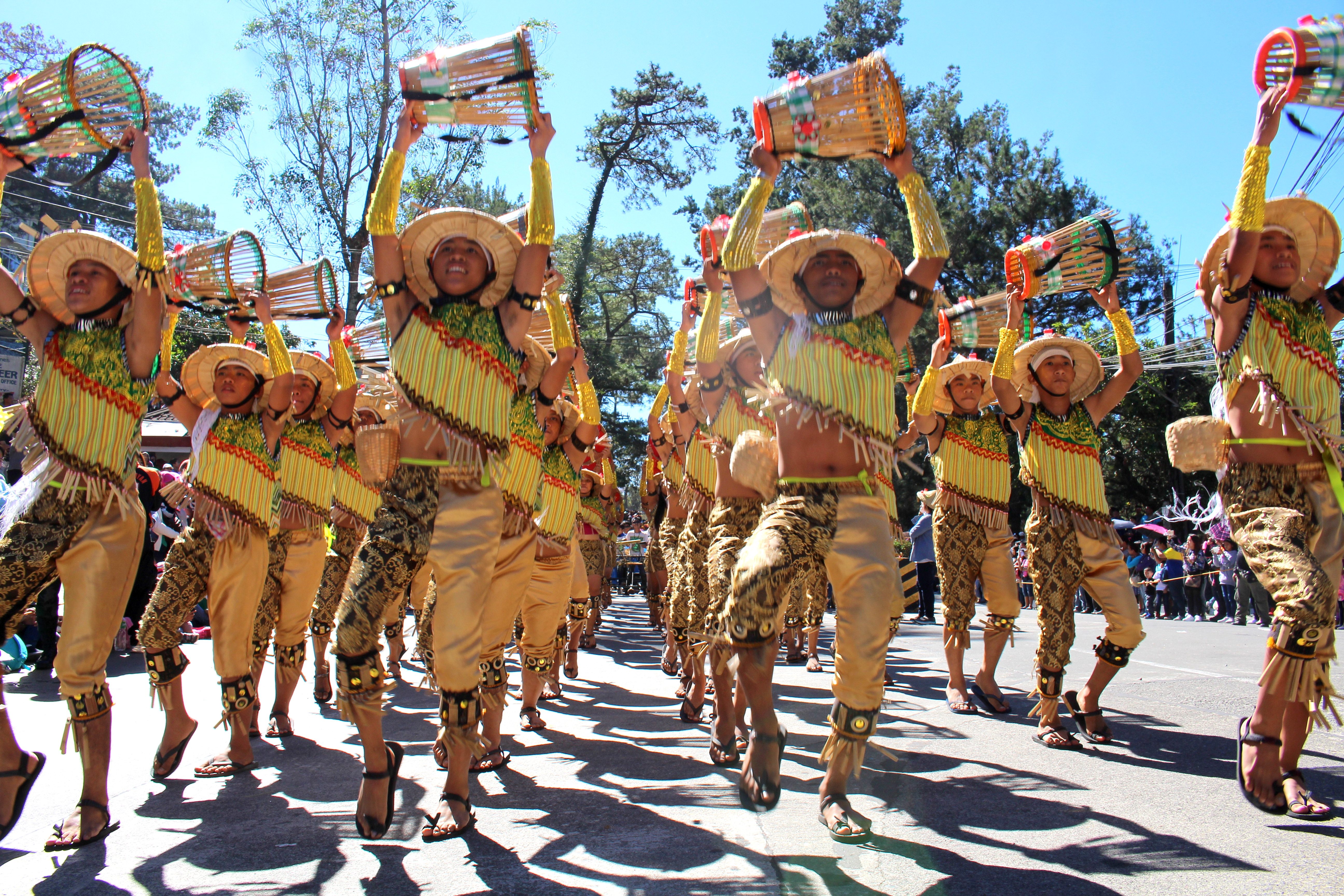
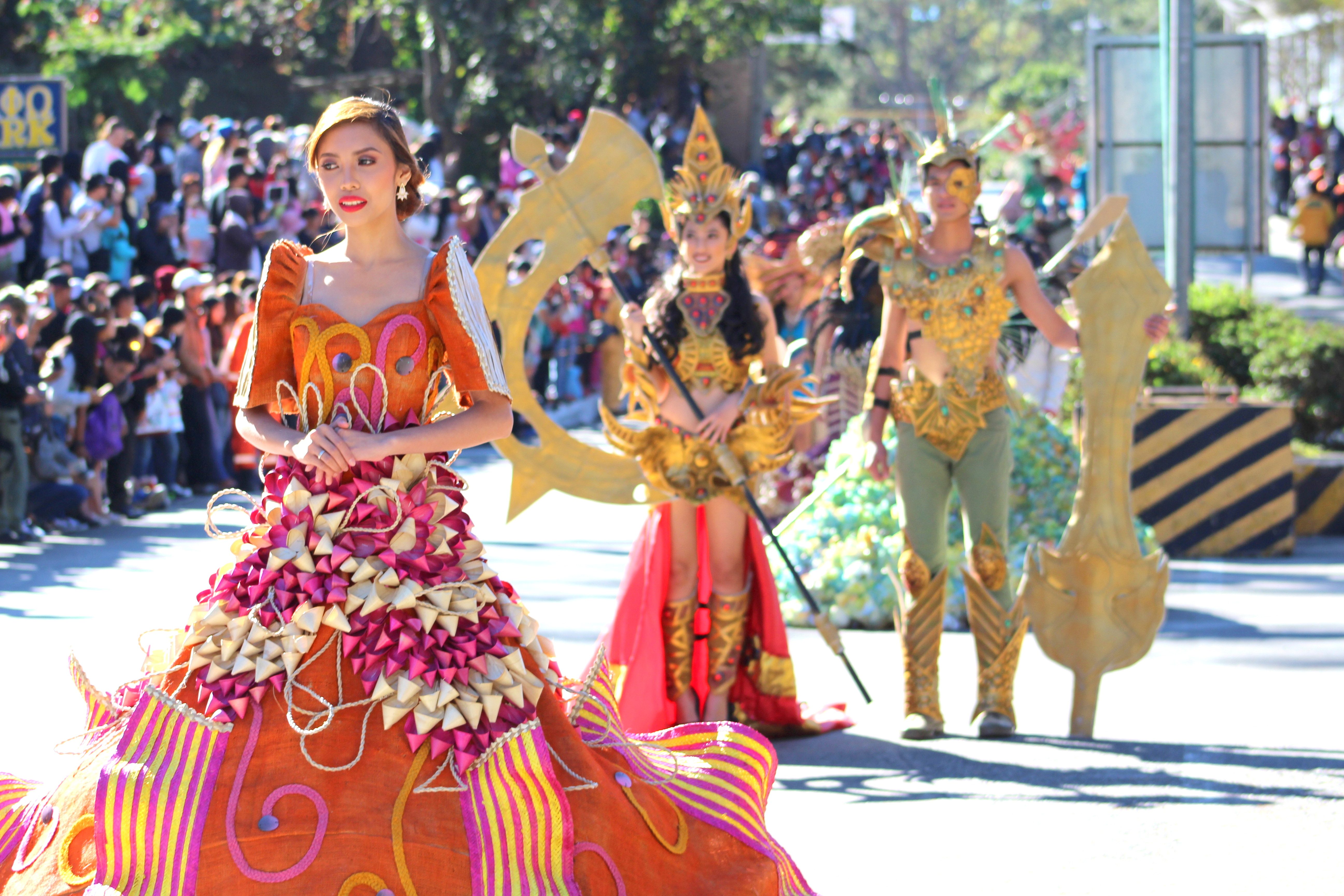
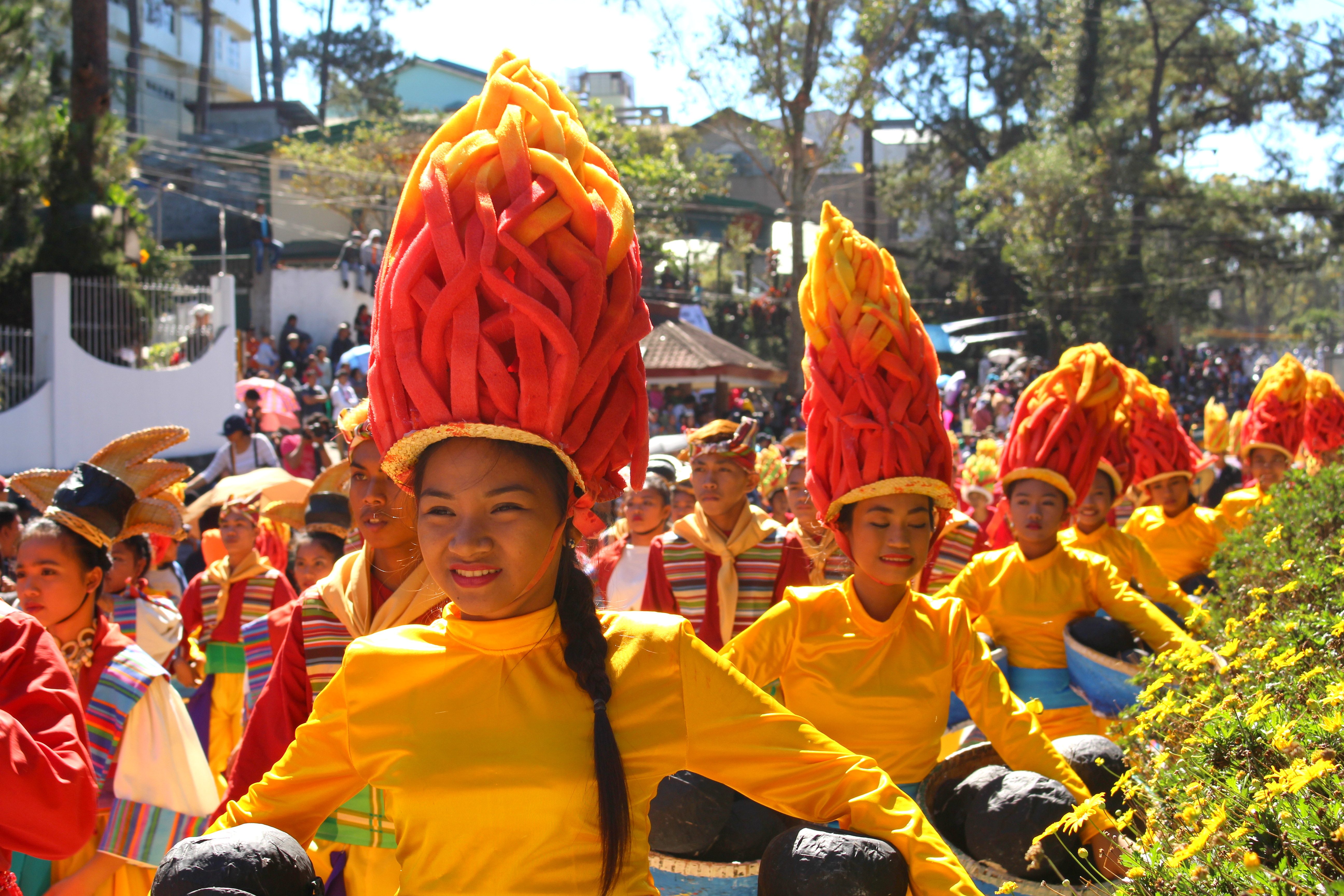
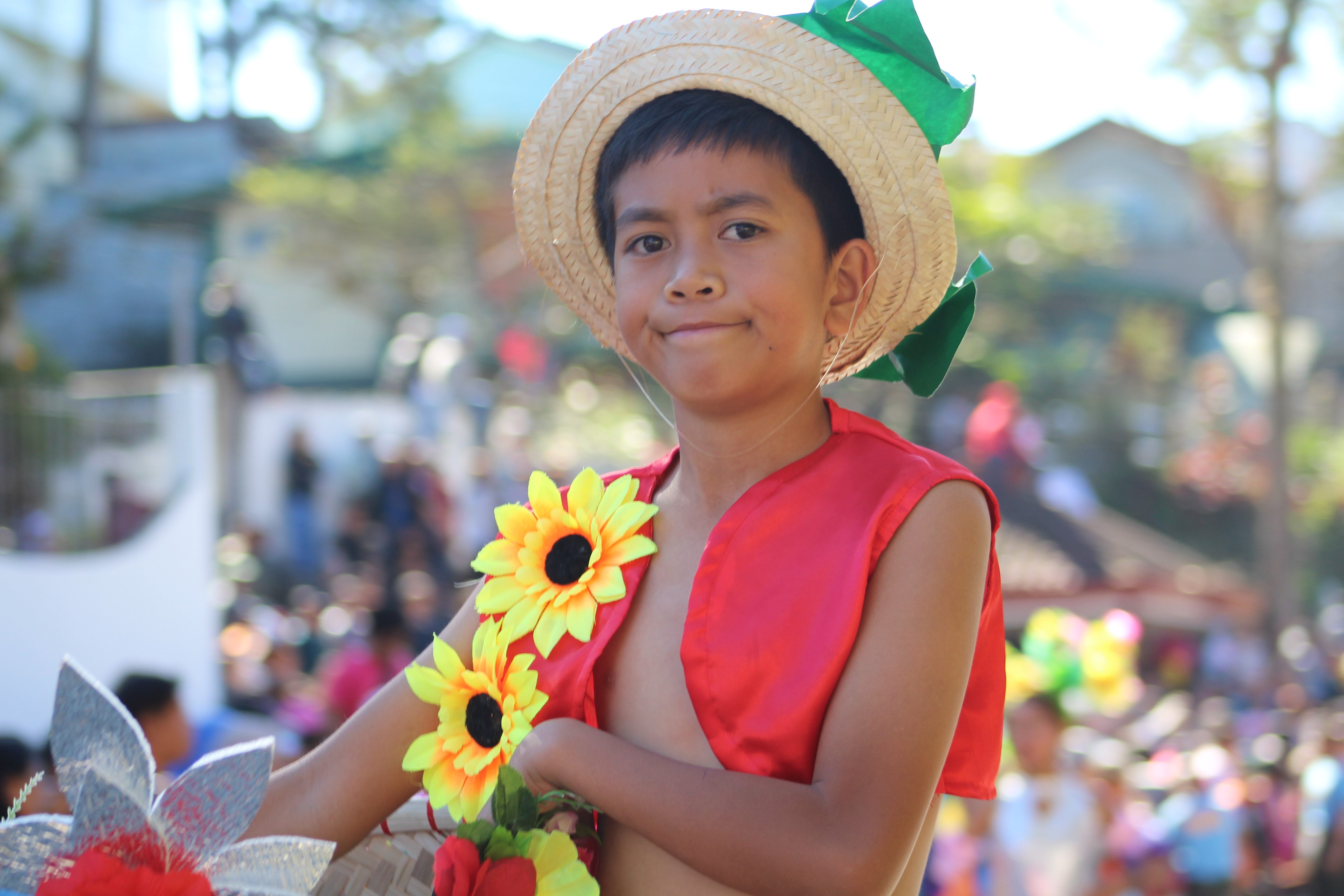
Were you at the festival this year? Share your favorite moments and photos with us in the comments below and on social media. – Rappler.com
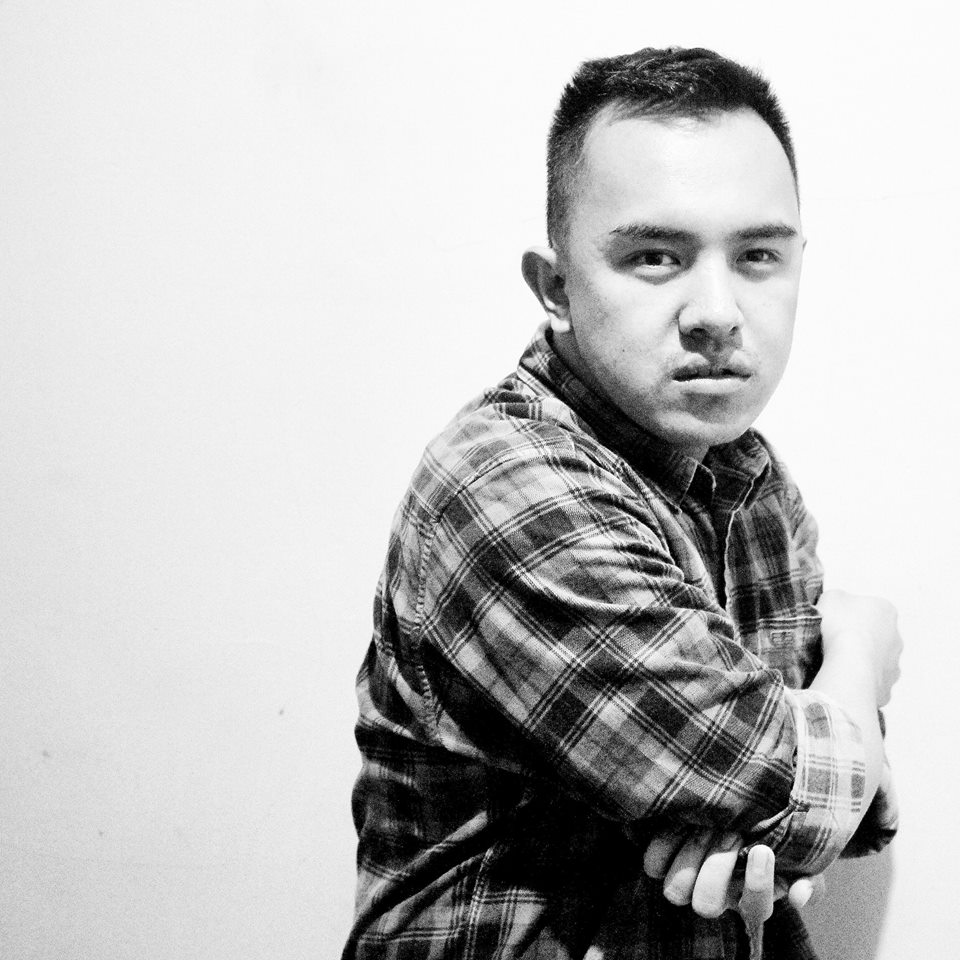 Ivan Jim Layugan is a writer based in Baguio City. He teaches literature and public speaking at the University of Baguio
Ivan Jim Layugan is a writer based in Baguio City. He teaches literature and public speaking at the University of Baguio
Add a comment
How does this make you feel?
There are no comments yet. Add your comment to start the conversation.